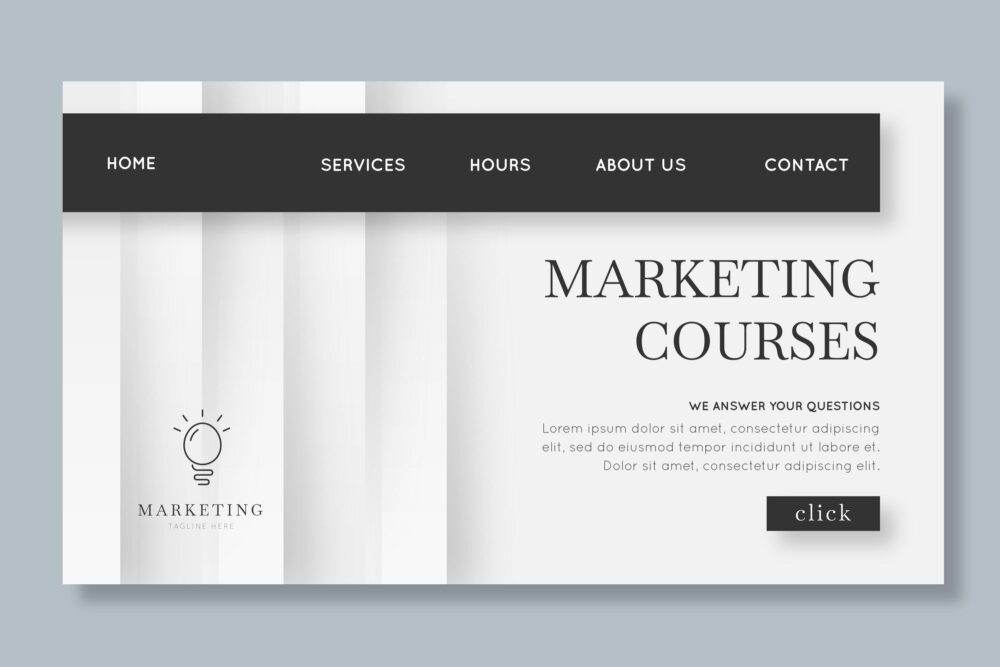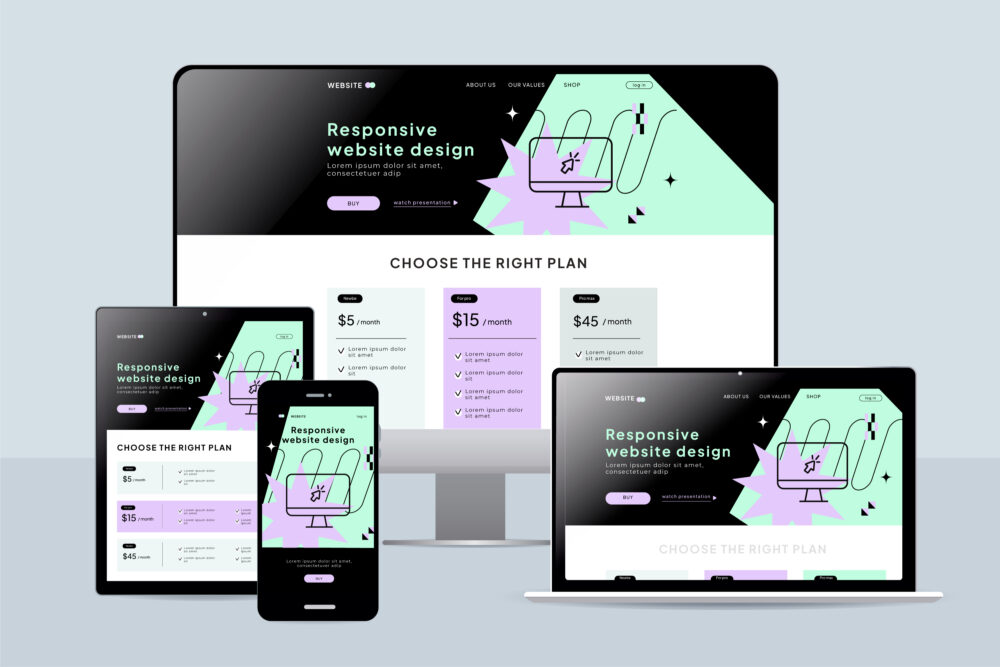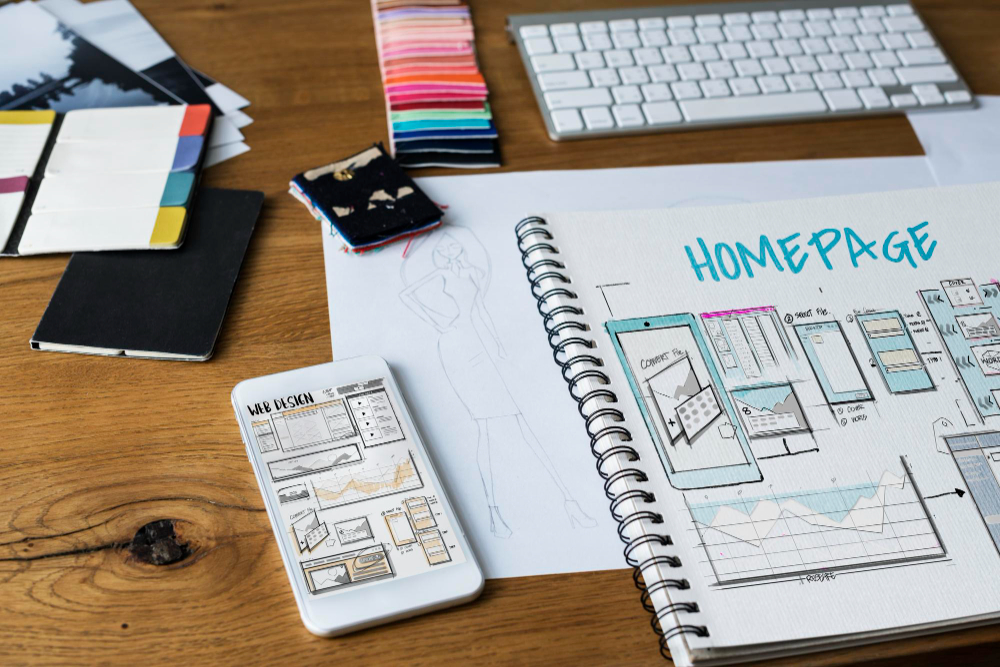We’re surfing a wave of innovation in the world of web design, where dazzling visuals blend with top-tier functionality to craft a superior user experience (UX). With the digital era in full swing, stylish and responsive web designs, cutting-edge trends, and a fierce focus on UX principles are the keys to constructing solid, effective websites. Let’s dive into these areas.
1. Riding the Wave of Web Design Trends

To keep your site fresh, compelling, and relevant, it’s crucial to stay in the loop with the hottest trends shaking up the web design universe. Here are some of the most notable trends currently buzzing in the realm of web design:
- Night Mode: Sporting a sleek, modern aesthetic and reducing eye fatigue, dark themes are fast becoming the favored user choice, with a growing number of platforms now offering this feature.
- Simplistic Design: Embracing the ‘less is more’ mantra, streamlined, clutter-free designs not only serve up visual appeal but also boost loading speed and user navigation ease.
- Microinteractions: These are tiny animations triggered by user behavior that ramp up engagement by offering instant feedback or visual cues.
2. Nailing Responsive Design

In an era where surfing the web can be done on anything from desktops to tablets to smartphones, it’s crucial to make sure your site adapts flawlessly to different screen sizes and orientations. Enter responsive web design.
Responsive design is all about crafting websites to look and function flawlessly on every device. It employs flexible layouts, adaptable images, and CSS media queries to deliver a universally accessible, consistent, and enjoyable user experience.
3. UX Rules for Crafting User-Friendly Websites

User Experience (UX) design is the art of boosting user satisfaction by enhancing the ease of use, accessibility, and efficiency of user interactions with websites. Here are some of the key rules in the UX playbook:
- User-Centric Design: The focus of UX design is understanding your users, their needs, and their contexts. Designs should be intuitive and easy to navigate, putting user needs and tasks front and center.
- Consistency: All design elements on your site, including color schemes, fonts, and overall style, should mesh together seamlessly. This consistency amplifies the professional feel of your site and builds user trust.
- Feedback: Users should always be informed about the outcomes of their actions. Whether they’ve submitted a form or clicked a button, feedback is necessary to communicate the results of each interaction.
When all’s said and done, modern web design is a tightrope walk between aesthetics and functionality. By staying on top of the latest trends, nailing responsive design, and sticking to the principles of sound UX, you can build a website that’s not just easy on the eyes but delivers an engaging, user-friendly experience too.
